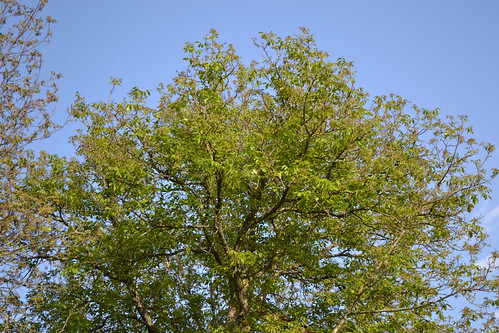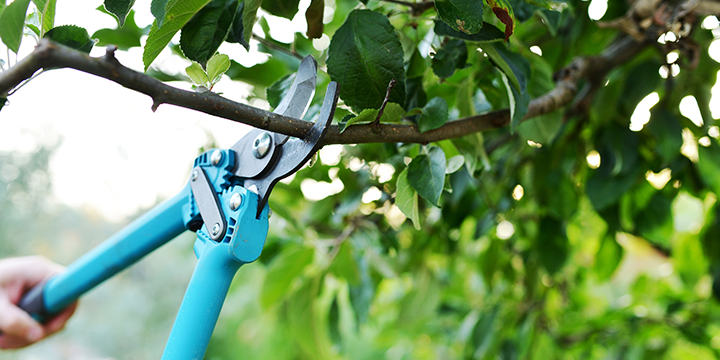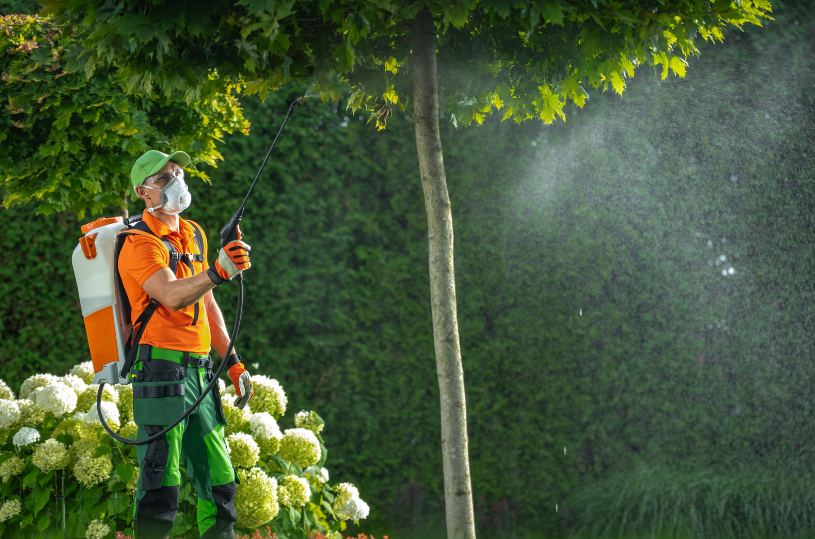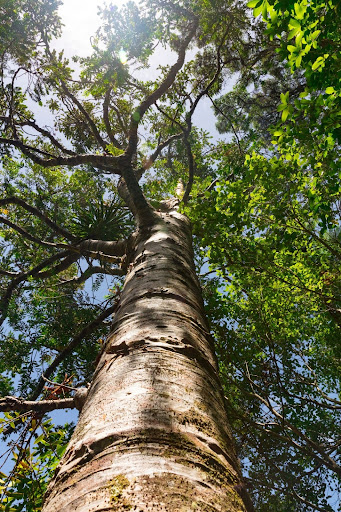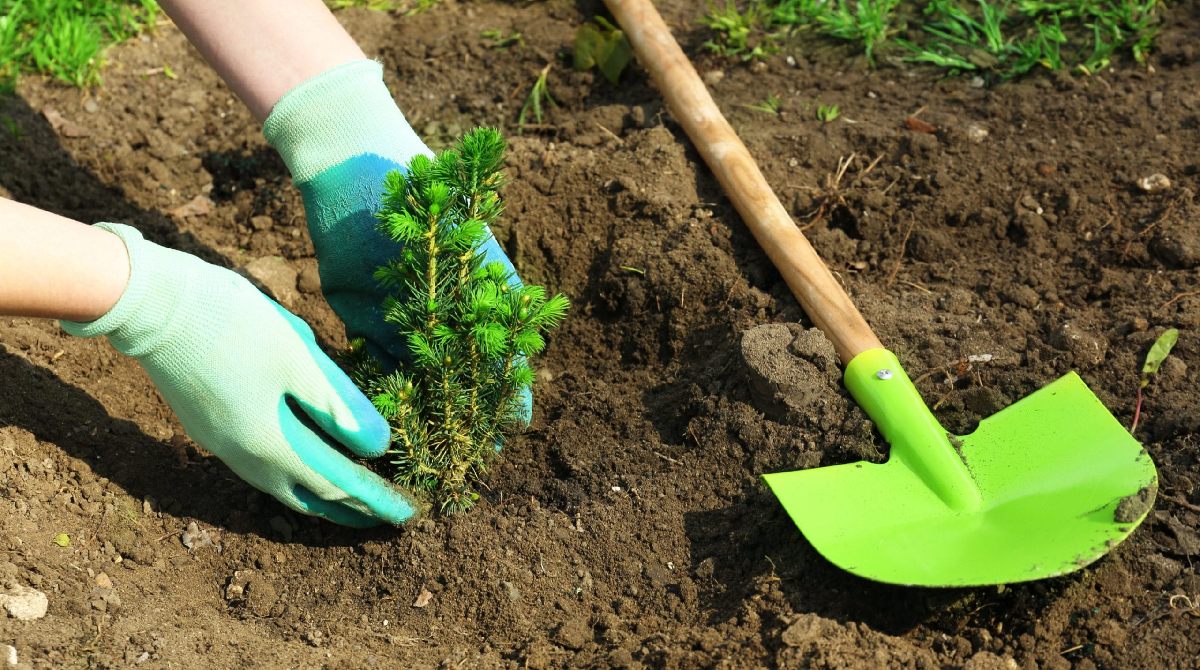
Date October 26, 2022
Category
Fall is a great time to plant trees in North Texas! The weather is milder than in the summer, and the trees have time to get established before winter sets in. While it’s common knowledge that trees in North Texas communities provide many benefits like improving air and water quality, reducing storm runoff, and providing shade, many homeowners may need help with how to plant a tree correctly. In this blog post, we’ll walk you through everything you need to know about fall tree planting, from selecting the right tree to watering and aftercare. Read on and learn how to set your trees up for success!
TreeNewal is a full-service sustainable tree care company offering residential and commercial tree services in Dallas, Argyle, Denton, Fort Worth, Flower Mound, Southlake, and Westlake. Contact our Dallas tree care specialists at (817) 592-6846 and enjoy tailored tree care advice and the best tree health services in North Texas!
Why Plant Trees in Fall?
The best time to plant trees in North Texas is spring and fall, but doing so during the last season offers many benefits. The residual moisture and moderate soil temperature help new trees establish their root systems. When air temperatures are cooler than the soil, fine root development is encouraged without new top growth, making for a stronger, more developed root system that’s prepared to take advantage of the following growing season. Mild winters in North Texas also ensure that freezing won’t be an issue as the tree’s roots begin expanding. When the weather gets hot, the tree is better prepared to handle harsh stress conditions like heat and drought.
Where to Plant Your Tree
It’s crucial to plant your tree in an area that has enough room to accommodate its mature size. Consider the distance between other trees, nearby structures, sidewalks, and homes. Always plan around the mature size of the tree above and below ground to make room for overhead and underground utilities like power lines and irrigation pipes. Additionally, North Texas soil tends to be alkaline, so many species are not well adapted to our ecosystem.
What Are the Best Trees to Plant in North Texas?
You’ll want to choose a tree that is well-adapted to alkaline soil. Ideally, the tree should also be somewhat resistant to drought and heat stress, a common issue in Dallas/Fort Worth.
For a list of the best trees to plant in front yards, check out our blog: Tree Planting Tips for Residential Landscapes: Right Tree, Right Place.
North Texas Tree Planting Tips
After you’ve determined where to plant your tree and which tree to plant, it’s time to get started!
- Dig a hole only as deep as the root ball’s height. To find the proper depth, locate the area where the trunk tapers out to meet the lateral roots (root flare). You may need to brush off some of the soil to find it. It’s always best to plant the tree a little higher than the ground’s surface to accommodate settling. Make the hole about two to three times as wide as the container your tree came in or the circumference of the root ball.
- Use a shovel to break up any compacted soil around the sides of the hole.
- Prepare the roots: handle the tree by the root ball, not the trunk, and pull it out of the container. If you have any circling roots, either untangle them or use a saw or scissors to remove the outer edge of the root ball all the way around. This prepares the roots to grow into the native soil.
- Place your tree inside the hole you’ve dug and step back to make sure the tree is straight.
- Fill the hole: replace the hole with the soil you dug out of it a little at a time. This prevents compaction and any air pockets. You can alternate soil with water to help fill air pockets. Instead of packing the soil, let it settle on its own with water.
- Newly planted or transplanted trees require more frequent watering than established trees, but the amount of water varies depending on the season, weather, soil type, drainage, and more. Water your newly planted tree thoroughly to eliminate air pockets and help it establish itself. The planting hole should be thoroughly soaked, then watered regularly as the tree begins to settle into its new home.
- Mulching your newly planted tree is one of the best ways to set it up for success. Apply a fresh layer of organic mulch around the tree three to four inches deep, paying careful attention not to get any on the base or trunk of the tree.
If you need additional advice or assistance on how to plant or water your new tree, contact a Dallas tree care specialist at (817) 592-6846.
How to Care for New Trees with Professional Tree Care Services
Newly planted trees are highly vulnerable and need special attention and care. They can easily dehydrate during winter weather and are more susceptible to various North Texas tree pests and diseases. One of the best things you can do for your trees is to watch for signs of stress. Diagnosing and mitigating stress factors and environmental conditions earlier rather than later can save your tree’s life and protect your investment. If you notice anything out of the ordinary, call a TreeNewal ISA Certified Arborist immediately. As a full-service tree care company, TreeNewal offer tree nutrition and fertilization, insect and disease management, soil conditioning, tree trimming and pruning, and more. Contact us today to learn more about how we can help your trees stay healthy and vigorous year-round!
To learn more about North Texas Tree Planting Tips: How to Plant Trees in Fall , call our Argyle and Southlake-based teams
at (817) 592-6846 or send us a message.
We’re a little different than the average tree services company.
Learn more about TreeNewal’s ISA Certified Arborists!
Our Dallas/Fort Worth-based tree doctors can explain how sustainable tree care services add more value to your bottom line.
Healthy trees, healthy lives.
